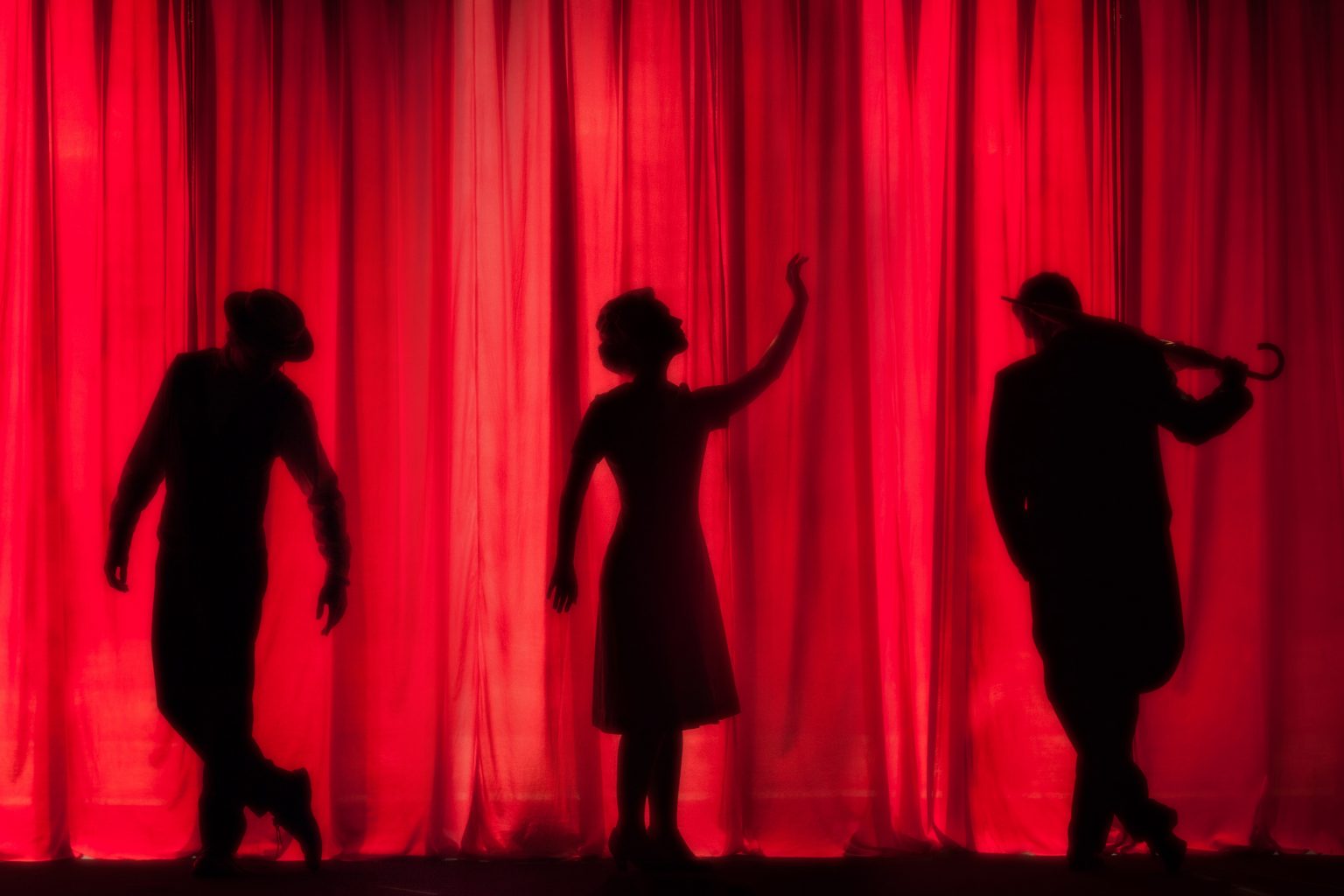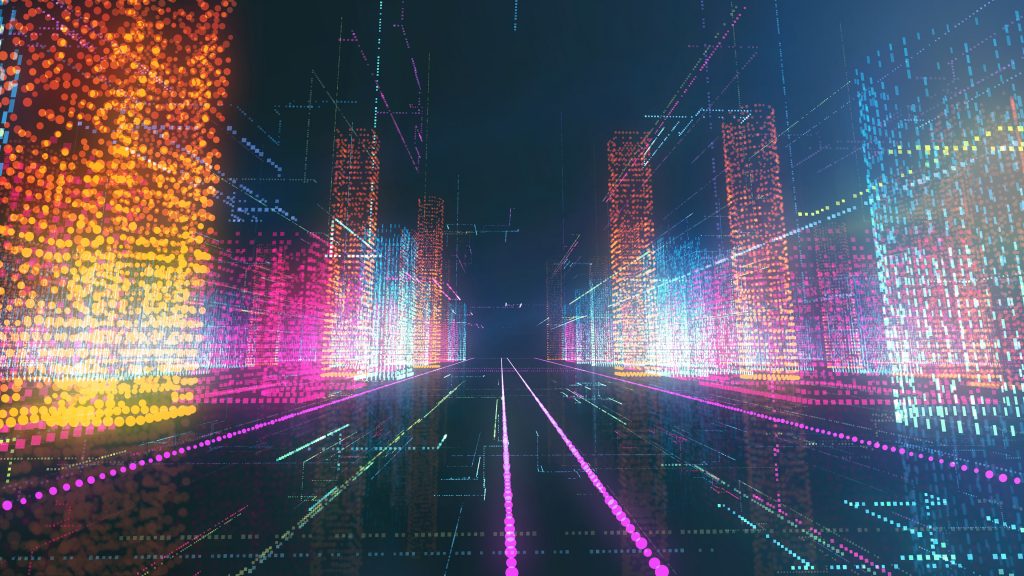While theatre has been using all sorts of effects—from lighting to sound—for hundreds of years to make the experience more immersive for the audience, new pioneering technologies offer a unique way of adding an extra dimension to performances.
The theatre industry is experimenting with immersive technologies, including virtual reality (VR), augmented reality (AR) and mixed reality (MR) to see how these new mediums can take the art form in new directions.
Here are some of the companies pushing the boundaries in this space.
National Theatre
Since the opening night of Hamlet, starring Peter O’Toole, on 22 October 1963, the National Theatre has produced well over 800 plays. Each year since, the National Theatre has staged over twenty new productions and there are over 1,000 performances every year.
In 2016, the NT launched its Immersive Storytelling Studio to explore how virtual and augmented reality could feature in productions to enhance the audience experience. The most recent use of the tech saw the NT partner with Accenture to create a VR experience to accompany All Kinds of Limbo. The experience is an exploration of the music genres of the British Carribean community via 360-degree video—users can watch the main performer from any angle.
I spoke to Toby Coffey, Head of Digital Development at NT:
“Theatre has always worked with technology—that’s not a new thing—but what we have now is a whole new wave of technologies that bring with them the potential for new genres of theatre and storytelling at large. One of the most exciting things for me is seeing writers, directors and designers work with Creative Technologists and to see their excitement as they explore new ways for them to take their craft of storytelling to audiences. At the National Theatre, we are doing this.
We recognize how significant this opportunity is and are doing it to develop new forms of performance, new forms of audience experience, and new forms of storytelling. But, it has to be done right and to the same levels of excellence that we employ for the work on our stages. The storytellers need to lead the use of the technology, not the other way round.
In all the work that we have put out from the Immersive Storytelling Studio, the response from audiences has been incredibly favorable. From attracting an audience of over 90,000 across five months to see our first VR installation in 2015, to having 94% of surveyed audiences say Draw Me Close increased their expectation of what theatre can do earlier this year—there is clearly an appetite for this type of new work.”
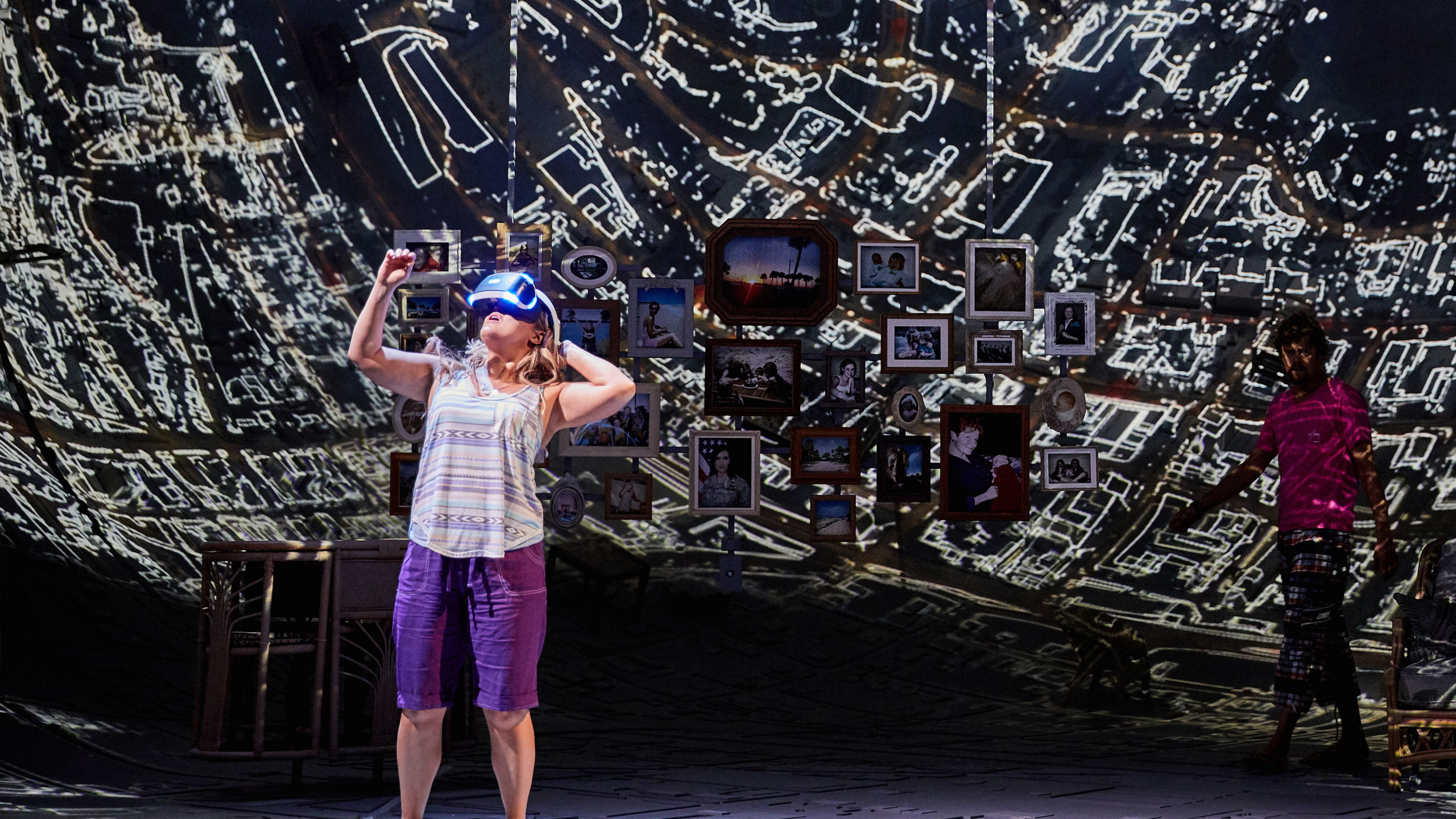
Royal Shakespeare Company
The Royal Shakespeare Company is leading a consortium of 15 UK companies* who will use their knowledge and expertise in theatre and performance, the music industry, video production, gaming and the research sector to shape how audiences will experience live performance in the future. This venture is a part of the Audience of the Future program created by the government Industrial Strategy Challenge Fund, which is delivered by UK Research and Innovation.
I spoke to Sarah Ellis, Director of Digital Development at RSC: “Digital innovation in arts and culture is at a pivotal moment, with an increasing number of new ways in which audiences can experience live performance using new and emerging technologies. Culture develops as technology advances, and there are more and more opportunities that can be developed and experimented with to bring this technology to global audiences. The Audience of the Future project has given us the time and space, and resource, to be able to explore and get under the skin of the crucial R&D needed. Some of the best brains in the creative industries and research sector are working together in this unique collaboration to properly look at the future potential of live performance and what that means for the industry, the creative sector and audiences worldwide.
The RSC is the lead partner, but every organization involved brings something different to the table through their experience of working with immersive technologies and live performance. As we develop and test opportunities, bringing together new partnerships and sectors that have not worked together before, the potential is there to see—from Punchdrunk’s work with the London Philharmonia on special audio, to Manchester International Festival’s exploration of augmenting live performance, and i2Media’s understanding of audience engagement and commercial opportunities. The journey we are on is being recorded by NESTA so that the learnings can be shared across the industry. One of the biggest challenges is not the technology, it’s the people and the confidence of the people using those skills and the understanding that that is not a threat. This project will help to overcome that.”
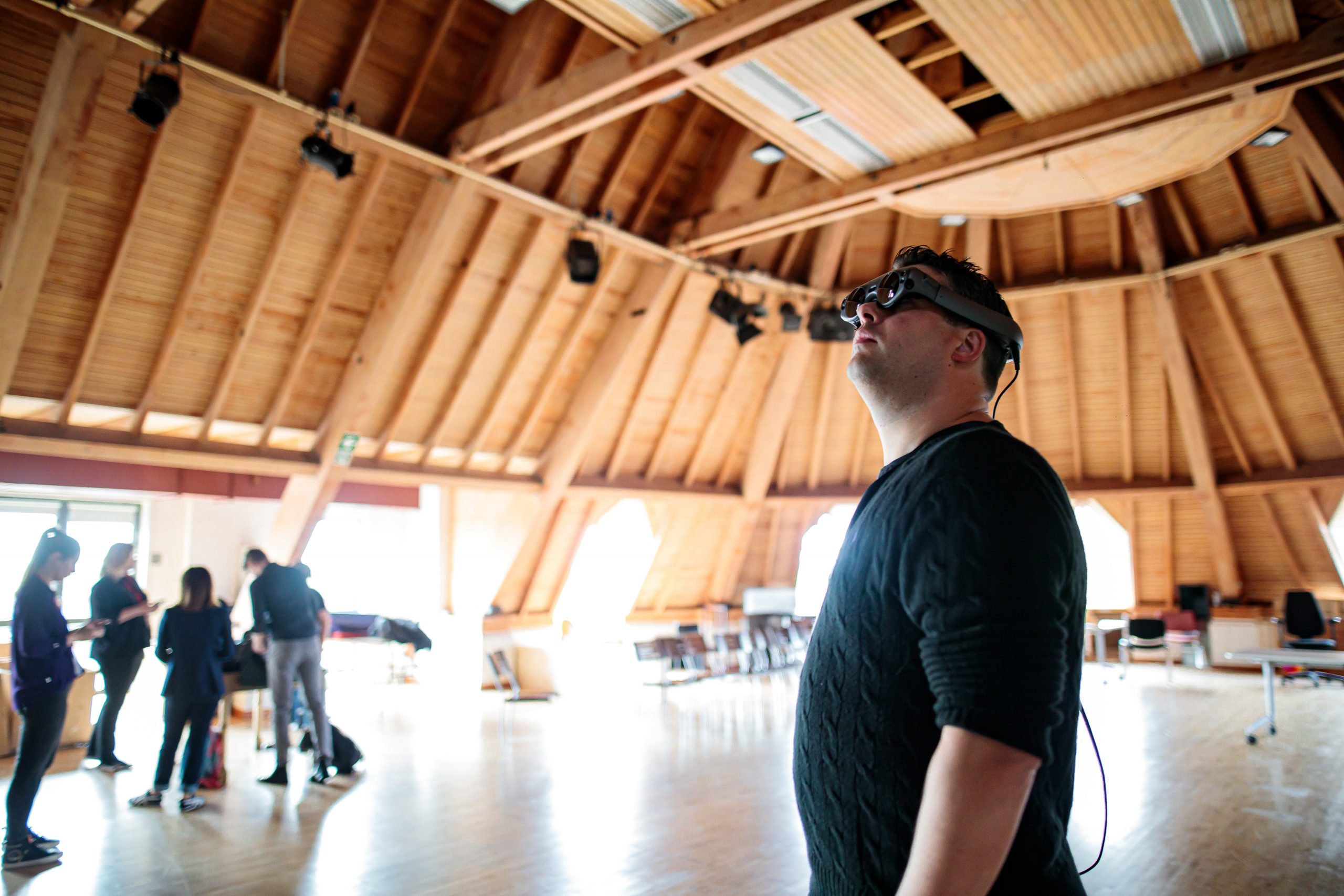
She went on to say:
“Audience of the Future will demonstrate what can be achieved if we are confident and embrace the tech, and the audience is key to this success. The audience is not defined by age or location; it must be intergenerational. We don’t want to create a disenfranchised audience alienated by the tech and feeling it’s not for them.
We are currently in the thick of the project, working on different aspects that will come together in June 2020 to demonstrate what could be possible on our stages in the future. I can see that there is real potential to deliver an experience for audiences that has never been seen before, and that’s hugely exciting.”
This is not the first time that the RSC has experimented with technology. Back in 2016, its production of The Tempest included the character of Ariel as a digital avatar, rendered live and in real-time. Actor Mark Quartley wore a motion capture suit, allowing the movements of his ‘avatar’ Ariel to be projected on and around the stage, including flying and morphing into different versions of the spirit, delivered using Intel technology. This performance marked the 400th anniversary of Shakespeare’s death, and the production was created in collaboration with Intel and in association with The Imaginarium Studios.
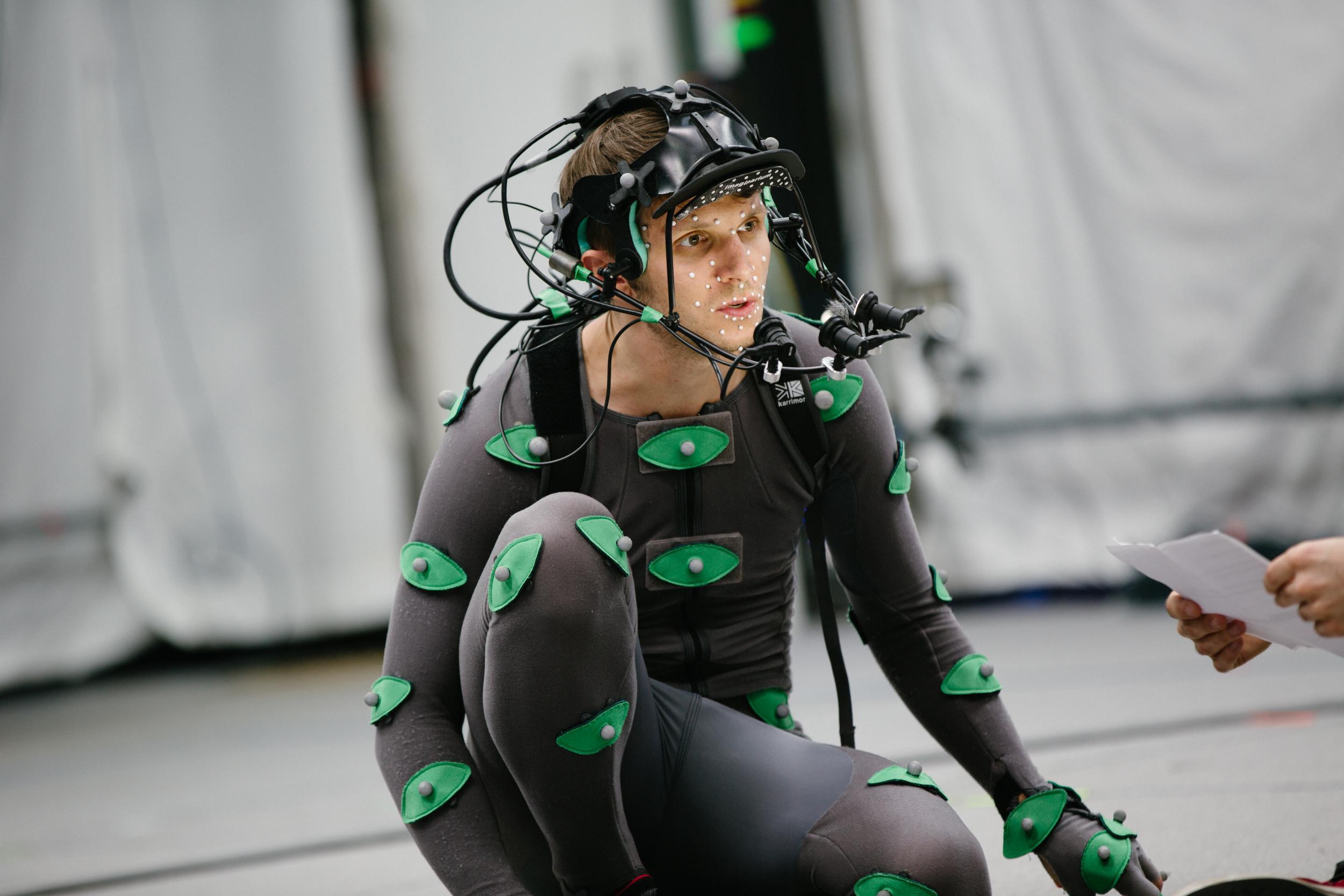
SOMNAI
SOMNAI is an immersive technology and theatre experience, combining VR with a physical set and live actors to form a completely unique type of experience.
Somnai became one of London’s most talked-about events of 2018 when it immersed users in VR dream sequences as they attended a ‘sleep clinic’, stimulating the senses with motion platforms, 3D sound, and physical interaction. Happy Finishpartnered with entertainment company dotdotdot to create the experience, which dotdotdot Founder Andrew McGuiness described as “complex, challenging and hugely ambitious”.
SOMNAI is an immersive technology and theatre experience, combining VR with a physical set and live actors to form a completely unique type of experience.
Somnai became one of London’s most talked-about events of 2018 when it immersed users in VR dream sequences as they attended a ‘sleep clinic’, stimulating the senses with motion platforms, 3D sound, and physical interaction. Happy Finishpartnered with entertainment company dotdotdotto create the experience, which dotdotdot Founder Andrew McGuiness described as “complex, challenging and hugely ambitious”.
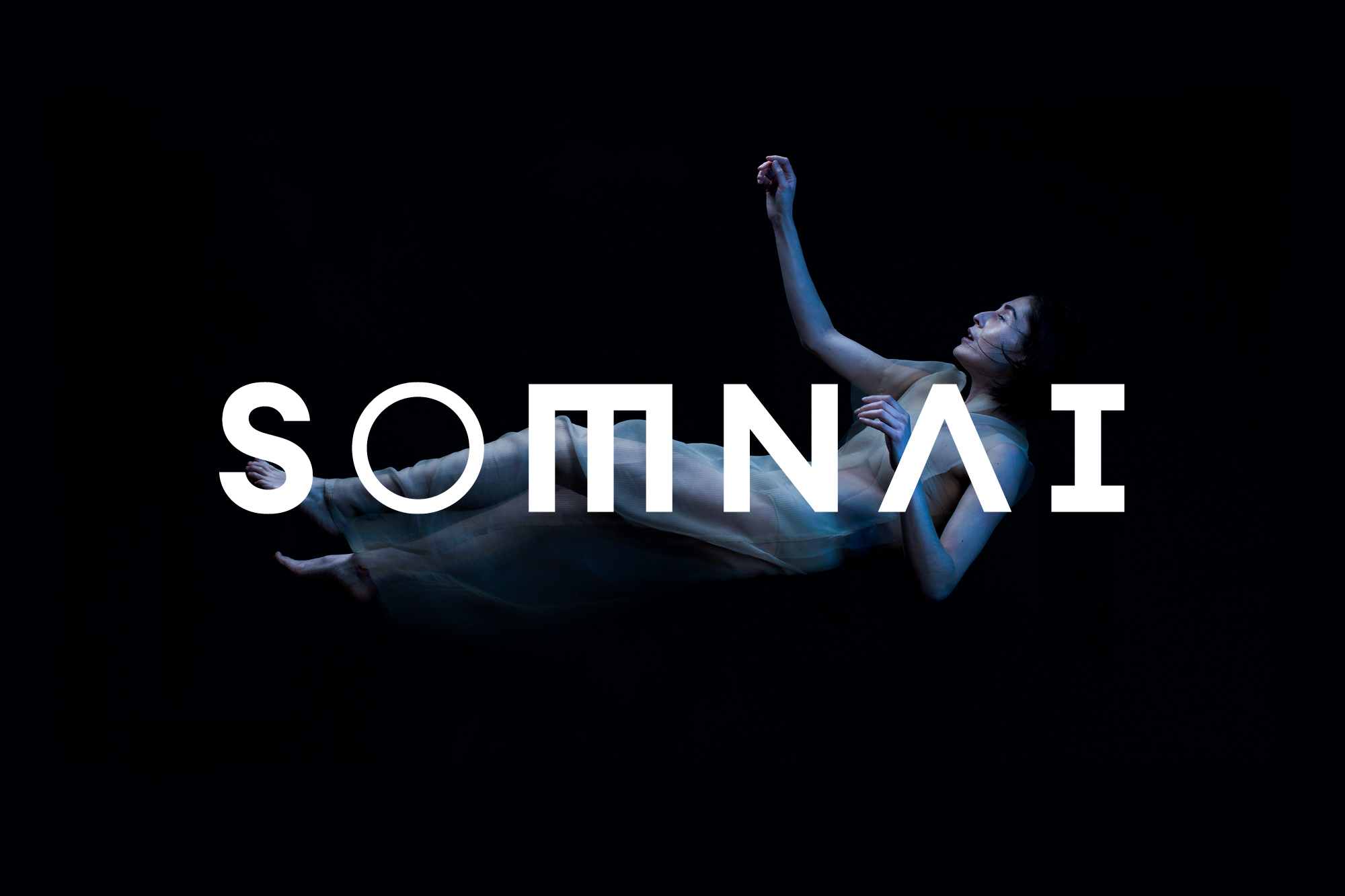
ARShow
Founded by Sasha Kreindlin and based in Tel Aviv, ARShow is a social AR streaming platform that enables audiences to experience mixed reality together—using one operating system, augmented reality content can be synced to an unlimited number of devices for a one-of-a-kind group experience.
Sasha told me: “Our biggest advantage in the entertainment field is the interactive aspect of AR. Right now, the artists are much further along than the tech—the tech needs to catch up to what the artists need. In a perfect world, it is the content driving the tech.”
Most recently, the company has augmented the Gesher Theatre production of Gulliver—a children’s play that instructs audience members to don their Merge soft headset with a pre-configured smartphone at specific times to enjoy the AR content.
Kreindlin believes the future is “to stream AR (like you do now with music and video).”
Watch this space, because ARShow has already developed this technology.
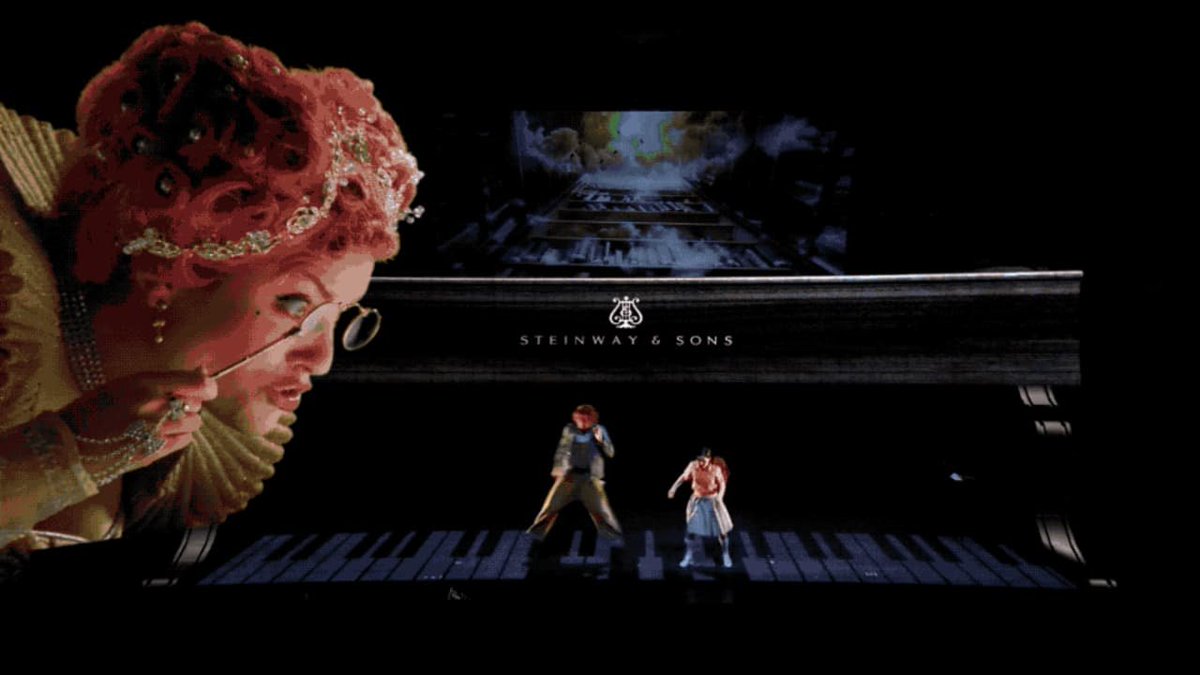
Cosmos Within Us
Cosmos Within Us is a story-telling experiment blurring the boundaries between VR and performance. Participants are drawn inside the mind of Aiken, a 60-year-old man with Alzheimer’s who is desperately trying to hold on to his childhood memories. Shown via live production, the film uses the skills of voiceover artists, musicians and a composer working within a 360-audio sound design. The experience is a joint production from Satore Tech, a_BAHN and Satore Studio.
Participants are made up of two groups—one headset wearer and four behind the scenes participants. “We knew that we wanted the person in the experience–wearing the headset—to realize different sounds based on their position and receive the voice of the actor directly into their ears, while the rest of the sounds come from an environmental layer,” said Tupac Martir, Satore Studio founder and cofounder of Satore Tech.
The Under Presents
Back in 2017, Virtual Virtual Reality pushed the language of immersive storytelling, and now, two years on, the studio behind it—Tender Claws—is pushing the bar once more with its new release, The Under Presents, made in collaboration with Piehole.
First launched at Sundance Festival, The Under Presentsis now available on Oculus Quest for anyone to try. If you do try it, you are in for something quite unique—live theatre is integrated into the experience. Unlike other VR experiences, in The Under Presents, users are exposed to real actors giving live and scripted performances. The performances are expected to continue into early 2020.
Commenting on the performance style, Tara Ahmadinejad, Collaborating Director on The Under Presents and Co-Founding Member of Piehole said: “This is the intersection of cabaret, drag type performance, and commedia dell’arte, mask type performance and puppetry.”
Players cannot speak in The Under, but the actors can. They also have the ability to take audience members on stage for interactive sections or even “punish” them for any misbehavior by putting them in a cage.
*The consortium is led by the Royal Shakespeare Company (RSC) and includes De Montfort University · Epic Games · i2 Media Research Limited · Intel · Magic Leap · Manchester International Festival · Marshmallow Laser Feast · Nesta · Phi Centre · Philharmonia Orchestra · Punchdrunk · University of Portsmouth · The Space.

